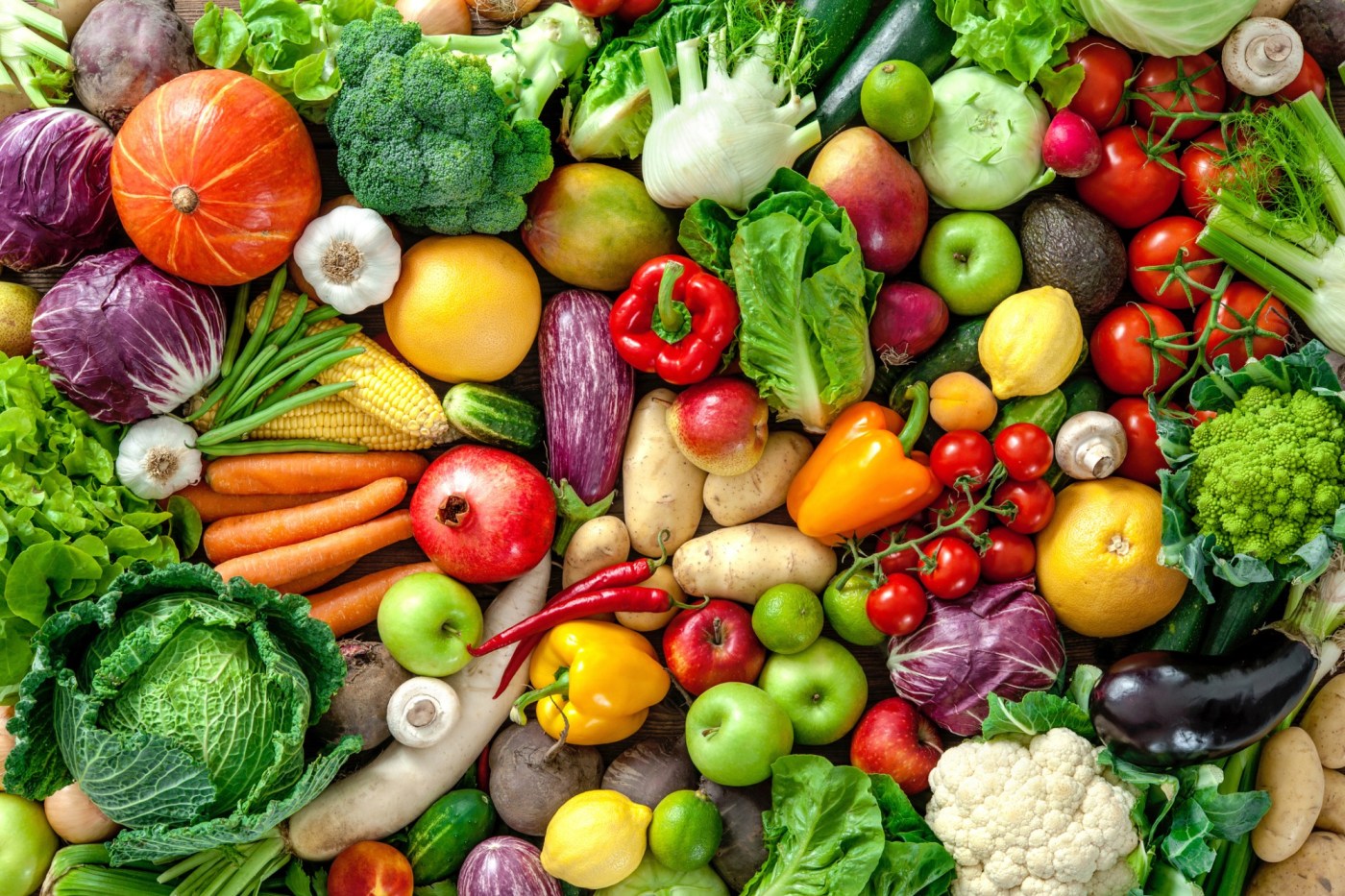
Americans don’t eat enough fruits and vegetables. Try 4 tips to change that
Surprisingly, ninety percent of Americans don’t eat enough vegetables and fruit. That’s right, only one in ten of us is getting enough fruit and vegetables. While eating produce is a relatively easy everyday health-promoting habit, there are very real barriers that get in the way.
Read on for tips to help prioritize and consume more fruit and veggies.
So when it comes to fruit and vegetables, how much is enough? Ideally, aim for five to seven total servings of fruit and veggies daily. A serving is typically defined as a medium piece of fruit, one cup of raw fruit or vegetables and one-half cup of cooked vegetables.
Eating more produce is associated with a decreased risk of developing health concerns like heart disease, stroke, certain types of cancer, eye problems and digestive concerns. Not only are fruit and vegetables rich sources of fiber and mostly low in calories, but they contain a wide variety of phytonutrients that are not readily available from other foods.
The availability, affordability and quality of produce seem to impact how much we eat. Those who eat more fruit and vegetables are more likely to be women and age 51 years and older. People living below or near the poverty level eat the fewest fruit and vegetables. However, even having access to these healthful foods, a taste preference for them and an understanding of their benefits doesn’t seem to make a serious difference in consumption.
Related Articles
Need more veggies? Go ahead and double the greens in these recipes
Owamni’s ticketed tasting menu is worth the splurge
Recipe: Make these delicious pecan pie bars to serve for the Super Bowl
Trader Joe’s 2024 winners: Customers’ 9 favorite products
Can she top the Krunchy Kimchi Dog? Young chef vies again for top spot in 4-H Fair Foodie Challenge
Here are some considerations to boost your own intake of fruit and vegetables:
Spend More Time in the Produce Aisle
Those trying to eat better often think about what foods to cut out instead of focusing on foods to optimize. Spend more time grocery shopping in the produce section to take advantage of fresh in-season produce. Currently, cauliflower, broccoli, beets and winter squash as well as a wide variety of citrus are in season. Try working these ingredients and others into your meals and snacks.
Try a Plant-Forward Meal Delivery Service
Plant-forward meal delivery services can make eating more fruit and vegetables super convenient. Thistle offers fresh, ready-to-eat meals right to your door, making it easy to reach your daily goal for fruit and veggies. Thistle is currently only available in California.
Make Simple Swaps
Small swaps can make a big difference in eating more veggies and fruit. Try swapping out creamy soups for soups and stews loaded with vegetables. Add chopped tomatoes, bell peppers, herbs and spinach to eggs. Add produce like apples, zucchini, bananas and shredded carrot to baked goods. Instead of reaching for traditional greasy snack foods, go for fruit and veggie chips, dried fruit and fresh fruit and sliced raw veggies. There are so many ways to get creative with recipes.
Choose Frozen or Canned in Addition to Fresh
Fresh produce is perishable and can lead to food waste if not consumed in time. Frozen and canned fruit and vegetables can be stocked in your freezer and pantry for months or even years, respectively. Try adding frozen spinach, cauliflower, peas and mixed veggies to pasta and stir-fry dishes. Frozen fruit is ideal for smoothies or a refreshing snack. Frozen produce is nutritionally comparable to fresh produce, just be cautious to steer away from frozen veggie medleys with added fats and salt. Choose canned veggies that are labeled no-added-salt or reduced-sodium. Opt for canned fruit packed in natural juice instead of syrup.
LeeAnn Weintraub, MPH, RD is a registered dietitian, providing nutrition counseling and consulting to individuals, families and organizations. She can be reached by email at RD@halfacup.com.


